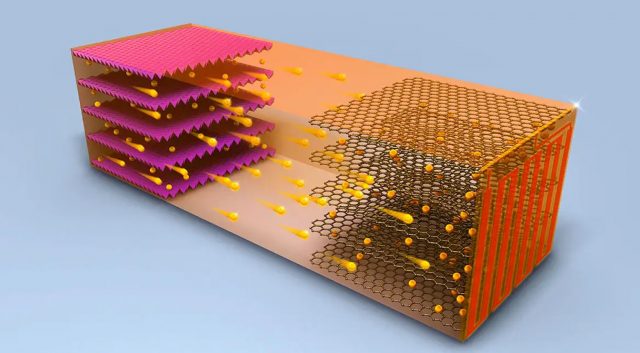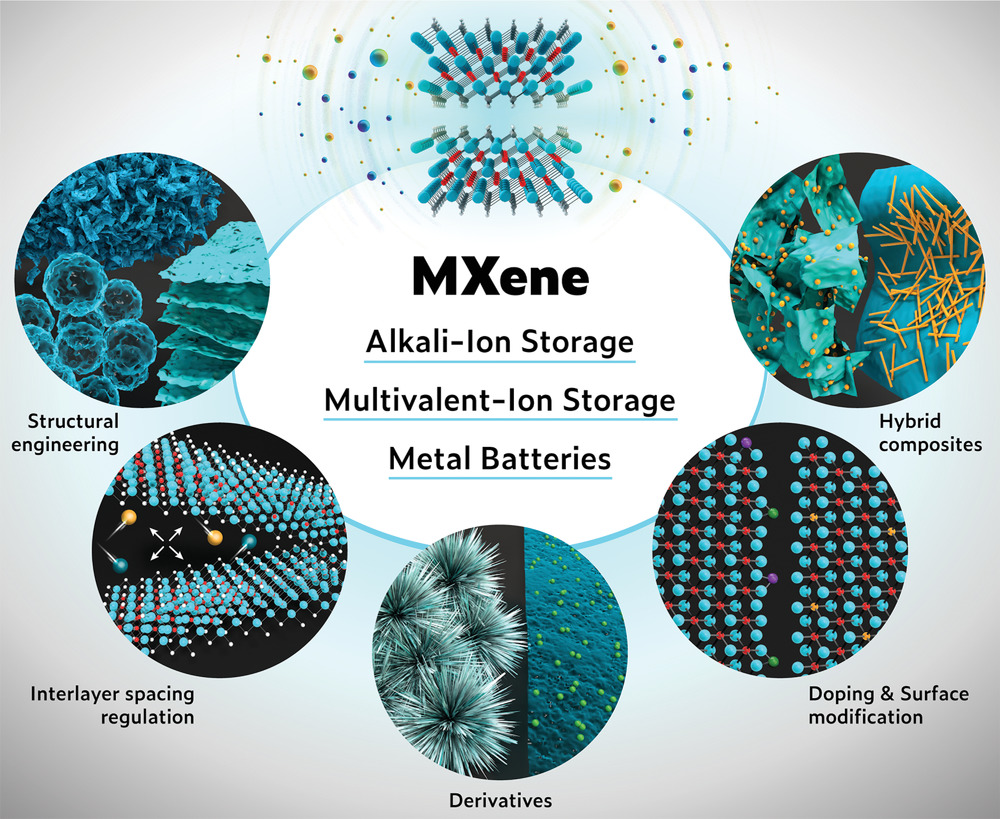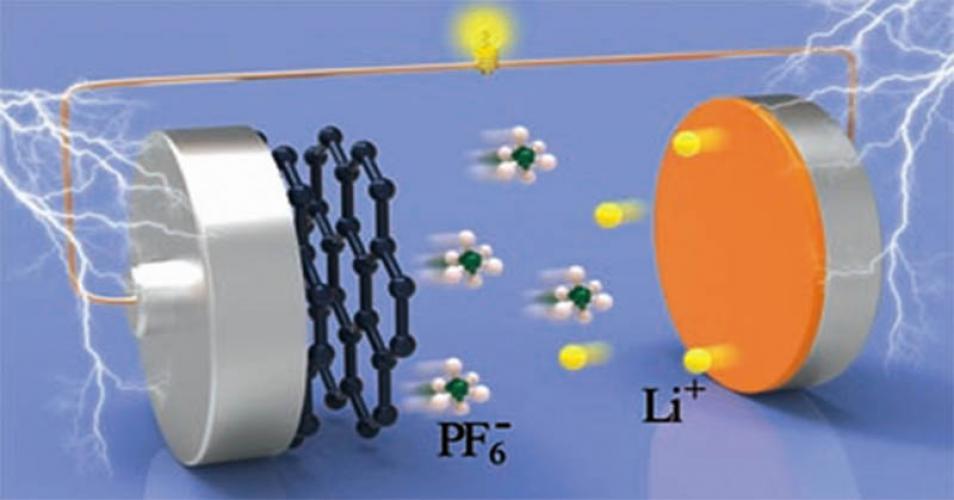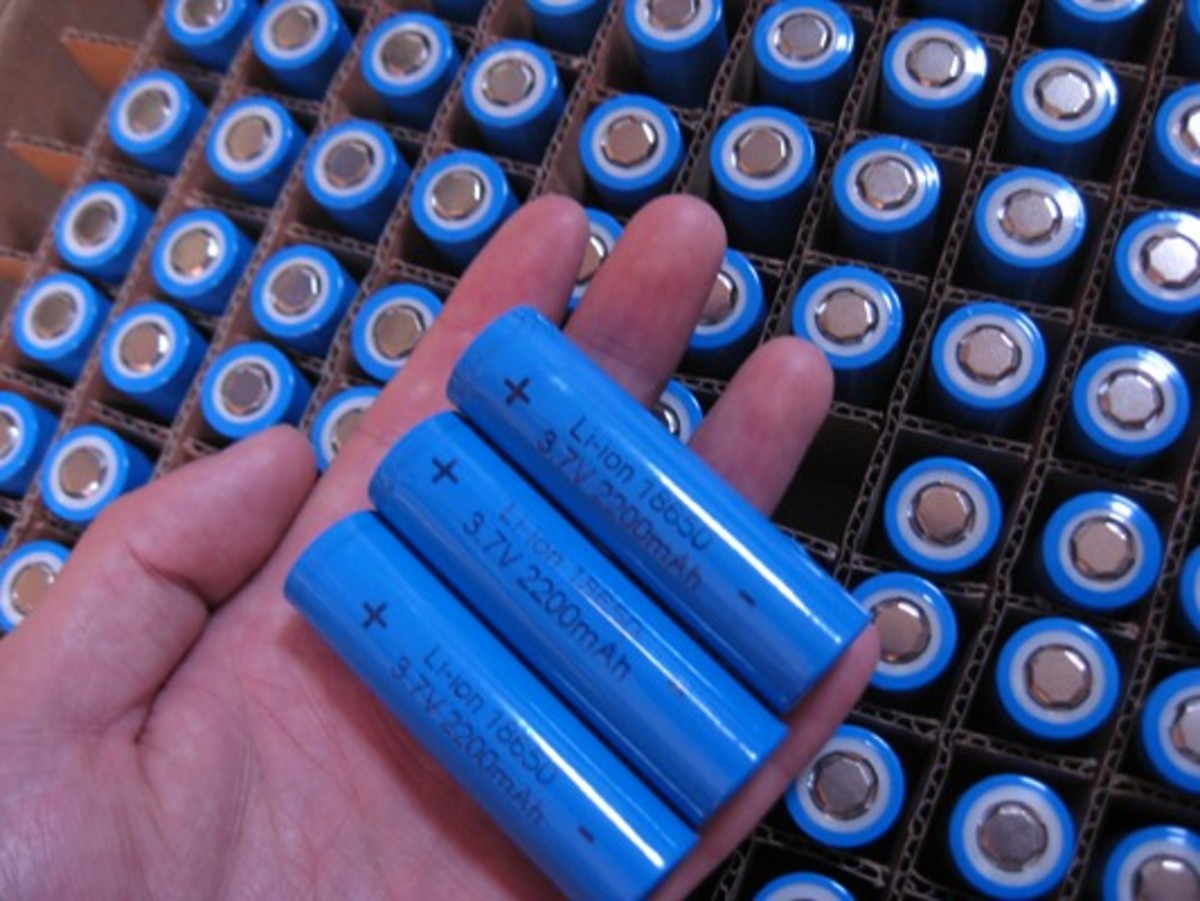| نویسندگان | Farshad Boorboor Ajdari* , Fereshteh Abbasi, Ganesh Kamath* , Abolfazl Fathollahi Zonouz, Mehdi Shakourian-Fard, Sajad Zargan, Mahshid Ershadi,f |
|---|---|
| نشریه | Electrochimica Acta |
| كد DOI/DOR | https://doi.org/10.1016/j.electacta.2024.145452 |
| شماره صفحات | 145452 |
| شماره مجلد | 512 |
| ضریب تاثیر (IF) | 5.5 |
| نوع مقاله | Full Paper |
| تاریخ انتشار | 2024-12-01 |
| رتبه نشریه | علمی - پژوهشی |
| نوع نشریه | الکترونیکی |
| کشور محل چاپ | ایران |
| نمایه نشریه | JCR ,SCOPUS |
چکیده مقاله
Additives play a pivotal role in enhancing lithium-ion battery performance, safety, and lifespan by mitigating electrolyte degradation, improving ion transport, and stabilizing the SEI layer to address issues of thermal instability and dendritic growth. This study evaluates Ethyl-4-toluene sulfonate (ETS) as a promising cyclic additive for improving lithium-ion battery efficiency and longevity. Through a combination of theoretical and experimental analyses, we assessed the stability and electrochemical properties of SEI layers with ETS integration. Our results show that ETS strongly interacts with electrode surfaces, fostering stable SEI formation and substantially reducing electrolyte oxidation. Highest occupied molecular orbital (HOMO) and lowest unoccupied molecular orbital (LUMO) energy analyses indicate that ETS oxidizes prior to carbonate solvents, contributing to enhanced structural integrity. Adsorption energy calculations further reveal that ETS adheres to electrode surfaces more effectively than traditional electrolytes, reinforcing SEI stability. Experimental evaluations using FT-IR, XRD, and Rietveld refinement characterized electrode structure changes pre- and post-cycling. Testing electrolytes composed of ethylene carbonate (EC), dimethyl carbonate (DMC), and LiPF6 with varied ETS concentrations, we found that the sample with 0.7 % ETS exhibited optimal stability, achieving a high capacity of 1609.559 mAh.g⁻¹ over 400 cycles. SEM and impedance measurements confirmed substantial improvements in electrode structure and reduced resistance. The ETS-free electrolyte retained only 74.08 % capacity after 400 cycles and failed after 610 cycles, whereas the 0.7 % ETS sample maintained 90.55 % capacity and lasted approximately 920 cycles. These findings underscore the potential of ETS to enhance SEI formation, prevent electrolyte degradation, and improve battery performance, positioning ETS as a valuable additive for advanced lithium-ion batteries.





